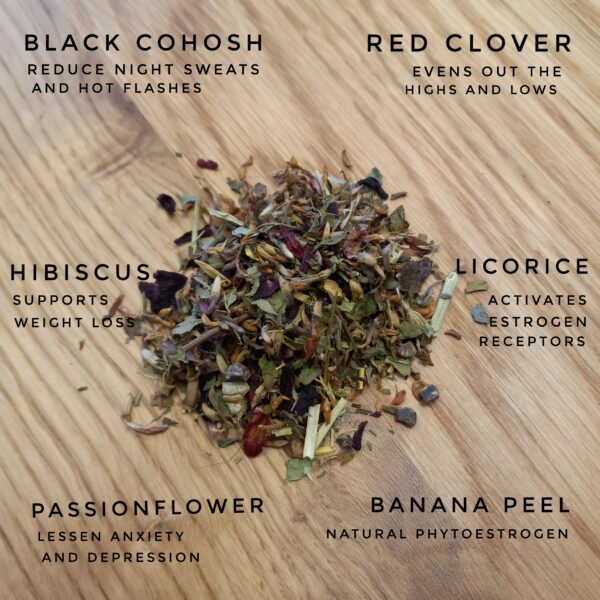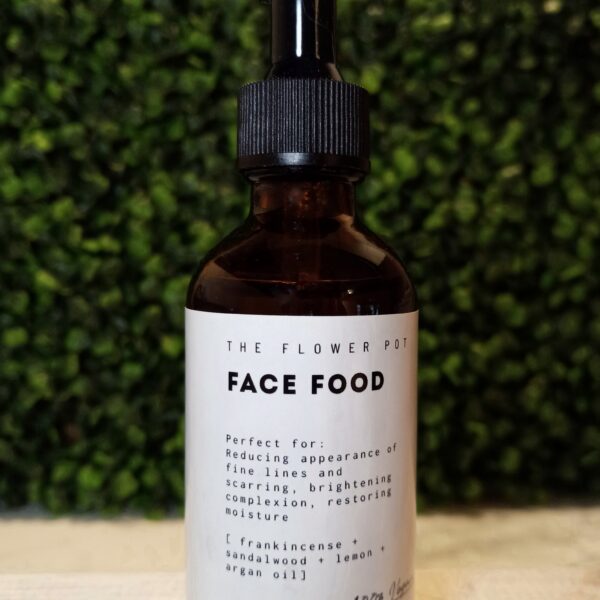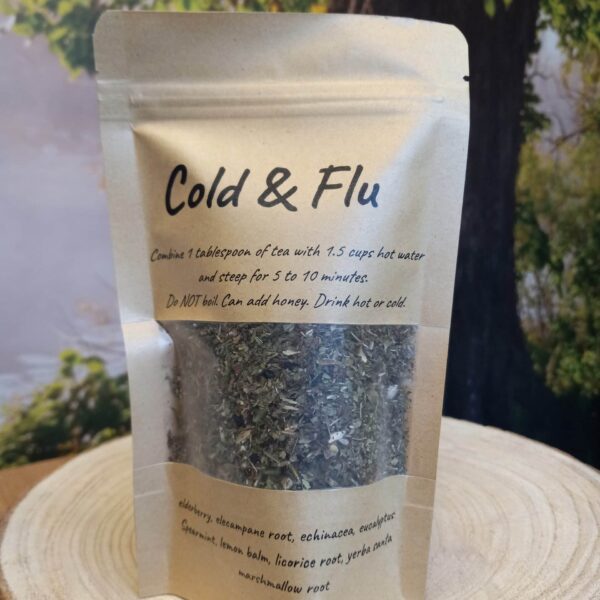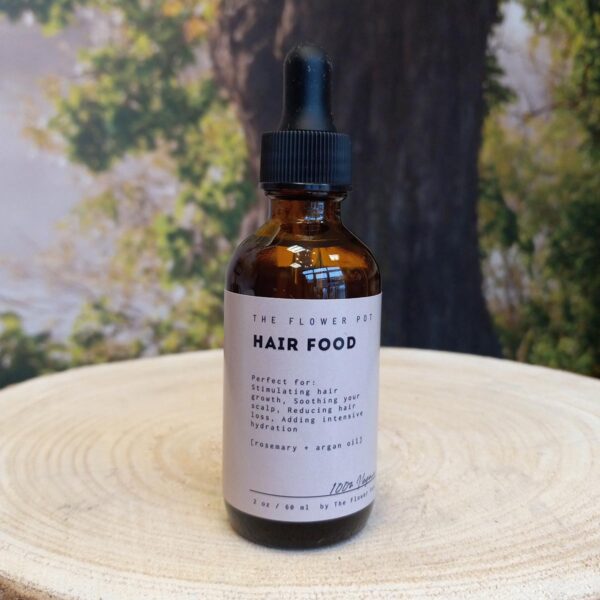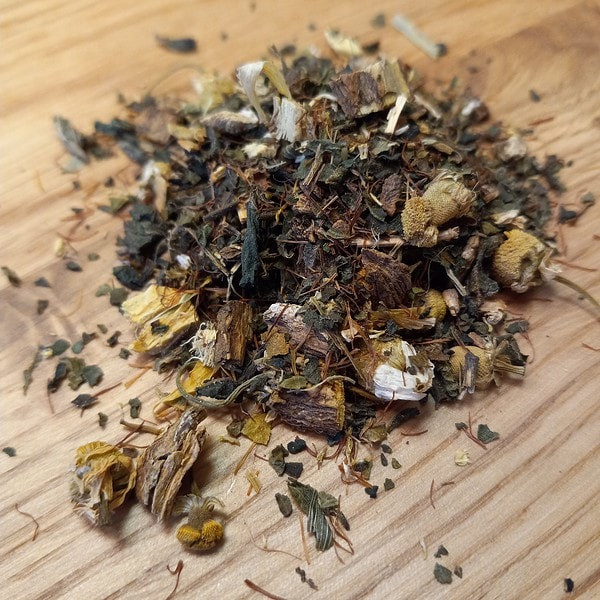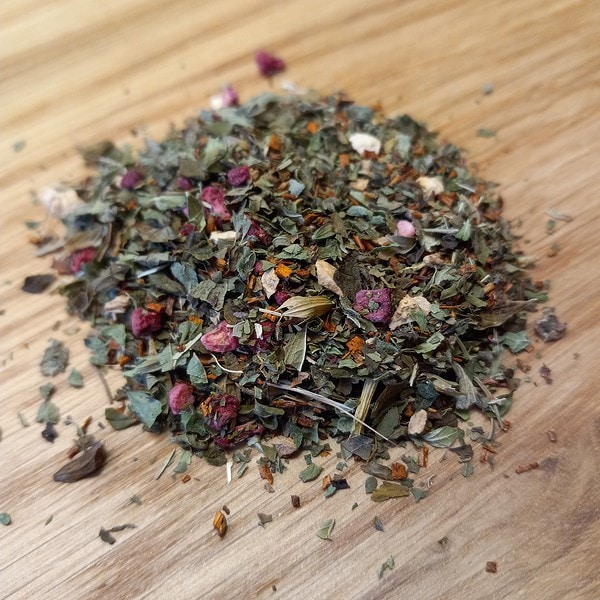Today, I want to dive into a topic that’s been on my mind, especially as I work with clients aiming for active lives, not just long ones. We often hear about “lifespan” – how many years we spend on this planet. But there’s another crucial concept, perhaps even more vital: “healthspan.”
Lifespan vs. Healthspan: What’s the difference?
Lifespan is pretty straightforward: it’s the total number of years you live, from the day you’re born until your last breath. Simple as that.
Healthspan, on the other hand, is about the quality of those years. It’s the period of your life where you are healthy, active, and free from chronic diseases and significant disability. Think about it: would you rather live to 95 but spend the last 20 years struggling with debilitating conditions, or live to 85 with most of those years being active and full of vitality? That’s the heart of healthspan. It’s about adding life to your years, not just years to your life.
The Trends in the US: A Widening Gap
In the US, we’ve seen impressive increases in lifespan over the last century, thanks to advancements in medicine, sanitation, and public health. People are generally living longer than ever before. However, the story for healthspan is a bit more concerning.
Recent research highlights a widening gap between how long we live and how many of those years we spend in good health. A compelling study published in JAMA Network Open (Garmany et al., 2024) analyzed data from 183 countries and found that while global life expectancy increased by 6.5 years between 2000 and 2019, healthspan only increased by 5.4 years. This means, on average, people are living more years burdened by disease or disability. What’s even more striking is that the US had the most significant healthspan-lifespan gap at a whopping 12.4 years, largely attributed to a rise in non-communicable diseases, mental health issues, and substance use disorders. This isn’t just a statistic; it’s a universal threat to healthy longevity, as the researchers aptly put it.
This trend tells us that while we’re getting better at keeping people alive, we’re not necessarily excelling at keeping them well for those extended years.
What Can We Do? Taking Charge of Our Healthspan
The good newsis that we have a significant amount of influence over both our lifespan and, more importantly, our healthspan. While genetics play a role (some estimate around 20% of our longevity is genetic), a huge 80% is influenced by our lifestyle choices. That’s empowering!
So, how can we actively affect our lifespan and healthspan?
For Lifespan: While medical advancements have certainly stretched our biological limits, continuing to reduce major disease burdens remains key. A study published in The Lancet (GBD 2021 Life Expectancy and Healthy Life Expectancy Collaborators, 2024) forecasted that global life expectancy will continue to increase, driven largely by public health measures combating cardiovascular diseases, cancer, and communicable diseases. While this report focuses on global trends, it underscores the importance of continued focus on preventing and managing major illnesses to add years to life.
For Healthspan: This is where we truly get to make a difference in our daily lives. Improving healthspan isn’t about finding a magic bullet; it’s about consistent, intentional choices.
- Nourishing Your Body: What you put into your body has a profound impact. Think about a whole-foods-focused diet, rich in fruits, vegetables, and healthy fats. Eat as many colors of vegetables as you can every day. Aim for 4 cups of vegetables and 2 cups of fruit, then proteins, then carbs and fats.
- Movement is Medicine: Regular physical activity, a blend of cardio and strength training, is foundational. It impacts everything from cardiovascular health to muscle strength, balance, and even mood. The number one indicator of both healthspan and lifespan is how much daily movement you incorporate in your daily life. Take the stairs. Park at the back of the lot.
- Stress Management & Sleep: Chronic stress and poor sleep are silent saboteurs of healthspan. Prioritizing rest and finding effective ways to manage stress are non-negotiable.
- Social Connection: We often overlook the power of our relationships, but strong social connections are consistently linked to better health outcomes and longer, healthier lives.
A large-scale cohort study published in Public Health (Lin et al., 2024), involving Taiwanese adults, demonstrated that adopting five healthy lifestyle behaviors (non-smoking, avoiding excessive alcohol, sufficient physical activity, adequate fruit and vegetable intake, and maintaining a normal weight) was associated with a significant increase in life expectancy and a reduction in healthcare expenditures. While this study was in Taiwan, the principles are universal: lifestyle matters.
It’s time to shift our focus. It’s not just about how long we live, but how well we live those years. Every small, conscious choice we make today contributes to the vibrant, active future we’re building for ourselves. What steps are you taking to invest in your healthspan?
Would you like to have a one on one consultation on how to improve your healthspan? Email me at cara@flowerpotholistic.com
Join Our Mailing List!
Sign up and be the first to know about specials, promotions and our latest articles on health and wellness.
Cara Schulz
Cara Schulz, a cancer survivor and green tea lover, has opened The Flower Pot, a holistic wellness shop in Burnsville that offers products ranging from medicinal teas and wellness tonics and herbal tinctures.




